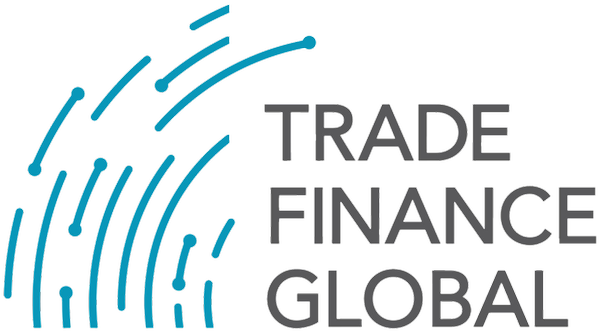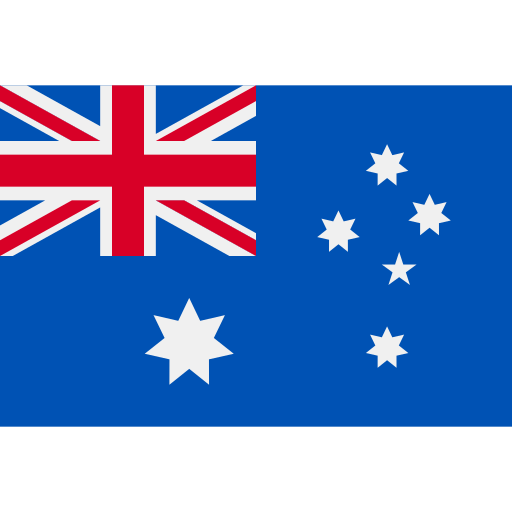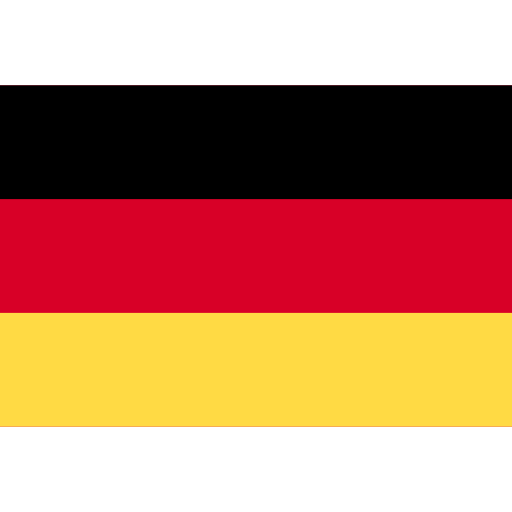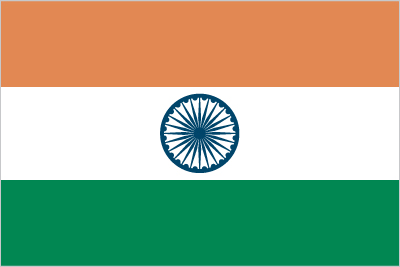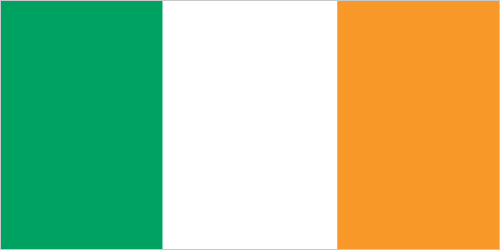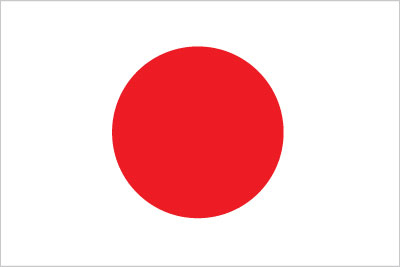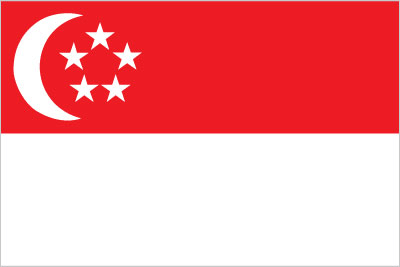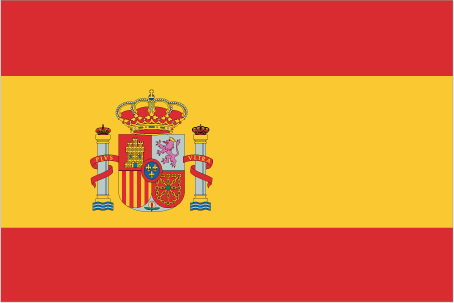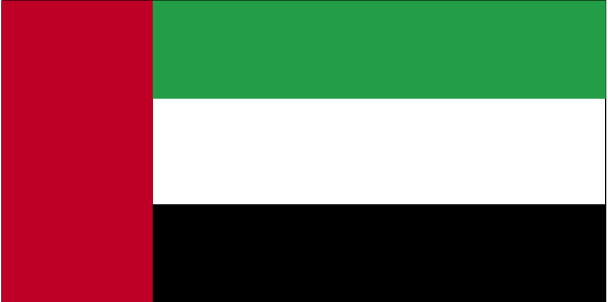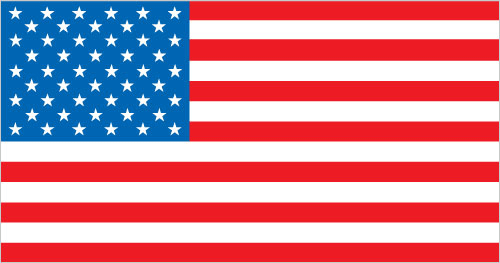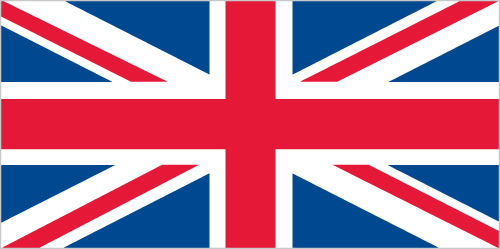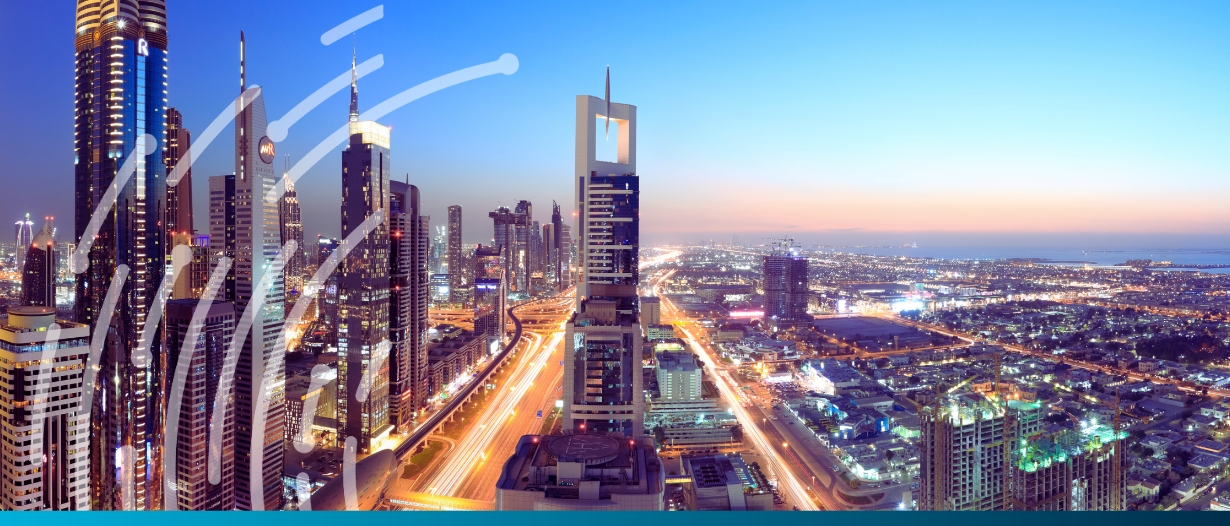Estimated reading time: 3 minutes
Trade figures released on 4 February 2025 reveal that UAE trade levels for 2024 are $800 billion, an all time high for a country that has seen sustained but slowing growth in the past few years.
The Comprehensive Economic Partnership Agreements (CEPA), a wide-ranging bilateral trade pact the UAE has signed with 6 countries from India to Israel, contributed to boosting growth and increasingly diverse trading partners and sources of revenue.
CEPAs are a crucial tool in the UAE’s strategy to increase its foreign trade and place itself as a trading hub for both emerging and developed economies. The exact terms of the Agreement vary from country to country, and range from the near-total removal of tariffs on bilateral trade, as in the CEPA signed with Israel in 2023, to investment in non-oil sectors and the removal of administrative trade barriers, negotiated with Indonesia shortly after. The UAE recently announced the signing of a CEPA with Kenya in January 2025 focused on simplifying customs procedures and promoting innovation and digital trade; similar deals with Australia and New Zealand are in the works.
After the establishment of CEPAs, countries see a jump in trade with the UAE of up to 40% and a diversification in their own exports, as Emirati companies build trade relationships and expand their supply chains. It is estimated that the UAE’s impressive 42% rise in non-oil trade in the last year was largely due to the reduction in tariffs and trade barriers brought about by CEPAs with many of the UAE’s most important trading partners.
The UAE, which just 15 years ago was almost entirely financed by oil revenues, has been looking to diversify its exports and trade partners. In 2021, the country set a goal of increasing its foreign trade to $1.1 trillion by 2031; just 3 years later, trade figures are about three quarters of the way to this goal, showing that efforts to diversify have been more successful than anyone could have hoped for.
Diversification is all the more important for oil-rich countries as oil prices become more volatile and a precarious global geopolitical situation makes land and sea routes less reliable. As much of the developed world sets ambitious goals to cut down on fossil fuel use in favour of green energy sources, the UAE has turned to tourism, logistics, and the services sector to drive growth away from oil and into more sustainable industries.
UAE trade is only likely to grow further as the government makes a concerted effort to attract foreign imports and forge robust trade relationships. While global trade experienced lackluster growth of only 2% in 2024, the UAE’s 14% year-on-year rise shows great things are in store for the once oil-focused Gulf economy. More than anything, the UAE’s growth shows the potential that lies in lowering trade barriers and increasing international collaboration – a poignant message for many of the nations affected by the US’s forthcoming tariff hikes.
